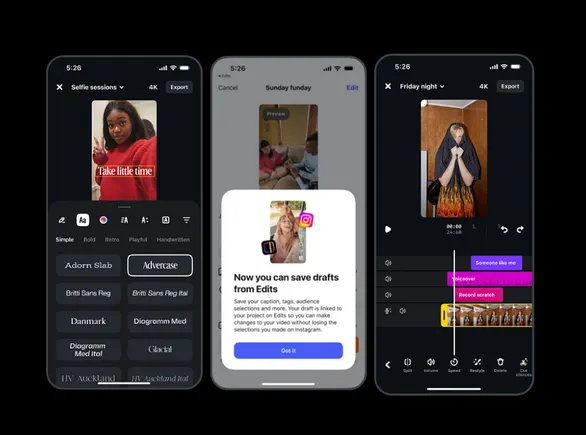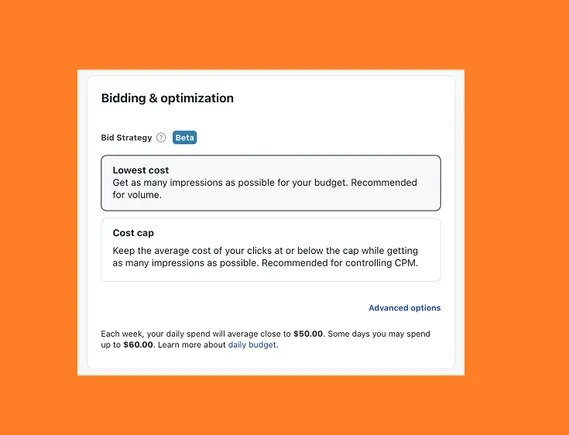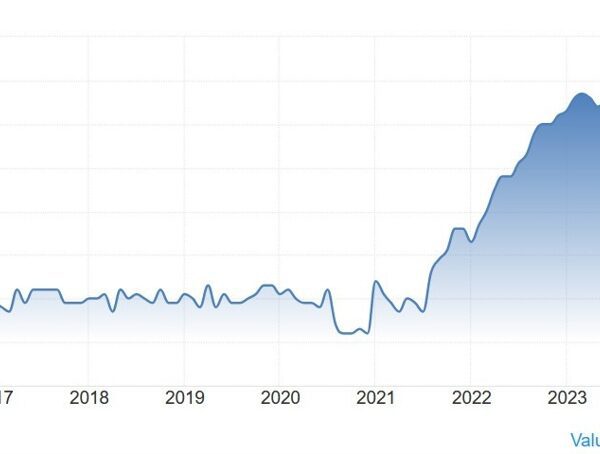With all platforms now trying to establish better means to detect user ages, in order to protect youngsters from potentially harmful in-app exposure, YouTube’s testing out its own new approach to age detection, using a range of in-app signals to determine user age.
YouTube’s launching an expanded pilot test of a machine learning-based age detection system, which will use measures like the types of videos a user is searching for, the categories of videos that they’ve watched, and the age of the account, in order to detect younger users.
Which is probably a flawed system, but YouTube seems confident that it will help in determining viewer age.
As per YouTube:
“Over the next few weeks, we’ll begin to roll out machine learning to a small set of users in the US to estimate their age, so that teens are treated as teens and adults as adults. We’ll closely monitor this before we roll it out more widely.”
YouTube says that the approach, measuring the above-noted factors, will enable it to infer a user’s age, then use that signal, “regardless of the birthday in the account.”
“We’ve used this approach in other markets for some time, where it is working well. We’re now bringing it to the US, and as we make progress, we’ll roll it out in other markets. We’ll closely monitor the user experience, and partner with Creators to ensure that the entire ecosystem benefits from this update.”
I don’t know. Unless there are additional factors that YouTube’s not sharing, making an assumption based on basic account info, and the videos that a person watches, surely can’t be an accurate indicator of a users’ age.
But then again, when you’re operating at YouTube’s scale, with billions of users, there probably are clear correlating factors that are indicative of younger user trends. And maybe, mapped out over all of the interactions and engagements in the app, there are definitive patterns that can detect these users, even if they’ve listed their age differently on their profile.
And again, YouTube says that it’s working in some markets already, so maybe this will prove to be an effective age-detection approach.
YouTube says when the system identifies a teen user, they’ll be automatically switched to its age-appropriate experiences and protections. Users who are incorrectly tagged via this process will be able to verify that they are 18 or over with a credit card or a government ID.
“We will only allow users who have been inferred or verified as over 18 to view age-restricted content that may be inappropriate for younger users.”
It’s another example of the variable approaches that platforms are taking to determine user ages, which have become a bigger focus of late due to new laws and approaches in some regions. In the U.K., for example, its recently enacted Online Safety Act imposes penalties on platforms that fail to implement age-detection measures.
Various other regions are exploring similar restrictions and penalties, which has prompted every platform to come up with its own way to determine user age, in order to comply with such approaches.
But with each platform taking a different approach, enforcement will be difficult. And really, the only workable solution on this front is to impose a uniform, industry-wide framework for detection and enforcement, which hold all apps to the same standard.
Or let the app stores do it. An app store level age detection process would establish a centralized approach to such, and reduce the variability of these measures within each app.
Apple and Google are keen to avoid this, but as I’ve noted previously, without more uniform, definitive measures on user age determination, there are way too many loopholes that can be exploited, and enforcement of these in law will remain challenging.












